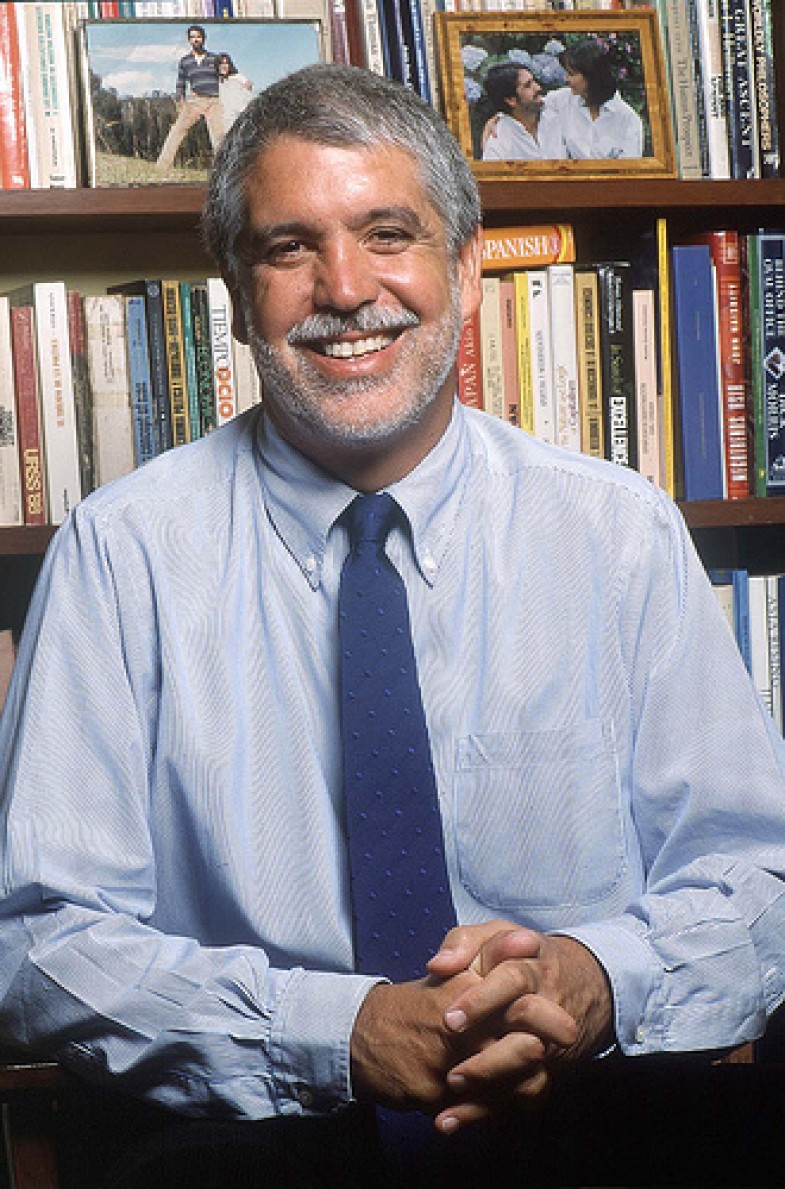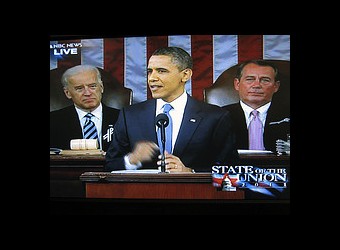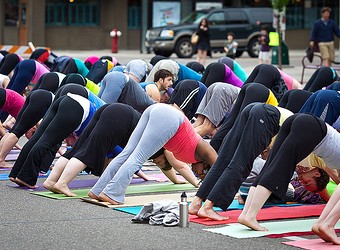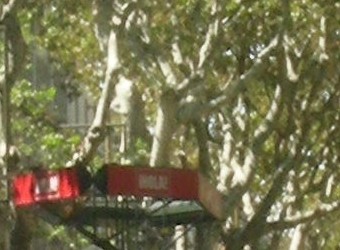It’s easy to dismiss rising interest in public spaces as something that only the wealthy can afford to worry about. But take a look at any bustling place anywhere in the world—from the markets of Africa and Asia to the squares of Latin America to the street corners of Europe and North America—and you’ll find it’s poor people who depend on public spaces the most.
Enrique Peñalosa —former mayor of Bogotá, Colombia—notes that rich people enjoy the pleasures of big homes, backyards, private clubs and country houses. Poor people have only their local street to hang out in—and if they’re lucky, a park, library or playground nearby. He made public spaces the centerpiece of his administration, creating or refurbishing 1,200 parks and playgrounds, establishing 300 kilometres (186 miles) of bike trails, building 13 libraries and inaugurating the world’s longest pedestrian street running 17 kilometres (10 miles) through the city. Since leaving office he has become a globe-trotting ambassador helping out cities from Jakarta (Indonesia) to Dakar (Senegal) improve life for their citizens. “Public spaces are not a frivolity,” he asserts. “They are just as important as hospitals and schools. They create a sense of belonging. This creates a different type of society. A society where people of all income levels meet in public spaces is a more integrated, socially healthier one.”
Penalosa, who was a visiting professor at New York University for several years, notes the same is true for American cities. While living in New York, he became a champion of turing Broadway into a pedestrian street, which seemed a quixotic idea at the time. But now that has actually happened in many spots between Union Square and Times Square, giving people, both rich and poor, the chance to stroll down the middle of one of the world’s iconic streets or take a seat at the many benches and chairs to watch the rest of the world pass by.
Public spaces also play a key role in countries learning the ins and outs of democracy. The New York-based group Project for Public Spaces (PPS) promotes squares, parks and other community places as a symbol of civic participation in Eastern Europe, where Communist regimes kept strict tabs on public gathering spots. In the Czech Republic, PPS’s efforts to help citizens reclaim the public realm led to the formation of a sister organization, the Partnership for Public Spaces, which works throughout the country on projects ranging from cleaning up streams in small villages to refurbishing a major square in Prague.
Capetown, South Africa, developied a public spaces strategy to help heal racial wounds and promote a a sense of unity in the city. Louise Grassov, a project manager at the Copenhagen urban consulting firm GehlArchitects , has been involved in the far-reaching initiative, which hopes to instill blacks with a sense of ownership in a city where for many years they were not allowed to enter without permission. The immediate goals, Grassov says, include, “getting more affordable housing in the centre of the city and giving back some dignity to people who walk rather than drive cars.”
The proliferation of autos, and the low social rank afforded anyone who doesn’t drive is an issue all across the developing world. Lisa Peterson, formerly with the New York-based Institute for Transportation and Development Policy (ITDP) notes. “Cars are seen as status for people. Big, fast roads are seen as status for cities. That is still the idea of progress in many places.” ITDP and the Utrecht, Netherlands-based Interface for Cycling Expertise are two international organizations challenging this view by showing the benefits of better balanced transportation policies.
Peterson sees a number of signs in Asia, Africa and Latin America that people are realizing it’s a mistake to pursue the same kind of auto-dominated development that has created environmental problems and eroded the vitality of public life in the West—especially in countries where the great majority of people can never afford a car. The World Bank has recently backed off from its auto-oriented development guidelines, while cities like Bogotá and Dar es Salaam in Tanzania provide new models of urban development with an emphasis on transit and bicycles. A number of places are also creating pedestrian districts. Beijing, Shanghai and Guangzhou in China and Cartagena as well as Bogotá in Colombia offer successful examples.
“People in the U.S. now recognize there are problems with building cities for cars and not for people,” Enrique Penalosa says, “and we in the Third World need to know that.”
Updated from an article that first appeared in Ode magazine.







